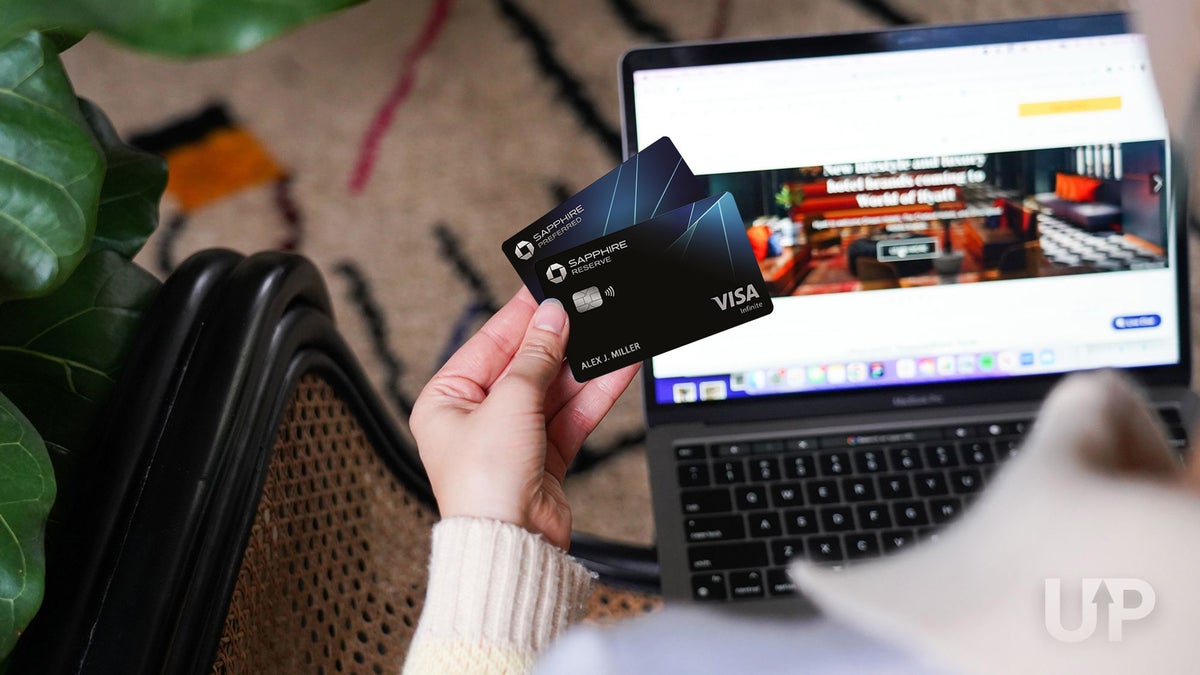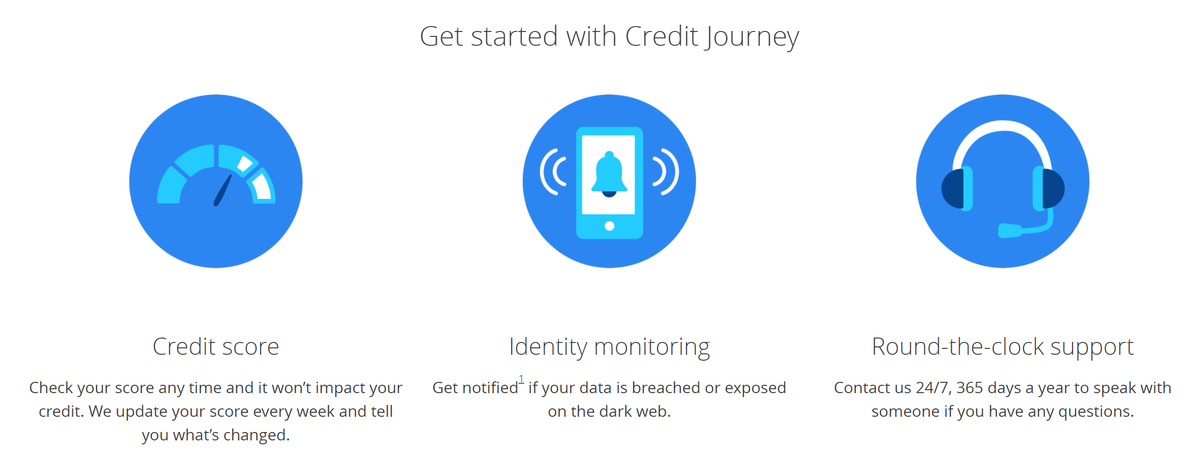Katie Corrigan Seemann
Katie Corrigan Seemann
Travel Partnerships Manager and Podcast Co-Host
500 Published Articles 90 Edited Articles
Countries Visited: 30U.S. States Visited: 29
Katie has been in the points and miles game since 2015 and started her own blog in 2016. She’s been freelance writing since then and her work has been featured in publications like Travel + Leisure, L...
Edited by: Keri Stooksbury
Keri Stooksbury
Editor-in-Chief
109 Published Articles 3823 Edited Articles
Countries Visited: 54U.S. States Visited: 28
Editing with Upgraded Points for over 6 years, as editor-in-chief, Keri manages the editorial calendar and oversees the efforts of the editing team and over 20 content contributors, reviewing thousand...
& Kellie Jez
Kellie Jez
Director of Operations
6 Published Articles 1247 Edited Articles
Countries Visited: 10U.S. States Visited: 20
Kellie’s professional experience has led her to a deep passion for compliance, data reporting, and process improvement. Kellie’s learned the ins and outs of the points and miles world and leads UP’s c...






![Chase Freedom® Credit Card — Full Review [2025]](https://upgradedpoints.com/wp-content/uploads/2019/11/Chase-Freedom-Card.png?auto=webp&disable=upscale&width=1200)
![IHG® Rewards Club Select Credit Card — Full Review [2025]](https://upgradedpoints.com/wp-content/uploads/2018/03/IHG-Select-Card.jpg?auto=webp&disable=upscale&width=1200)
![The World of Hyatt Credit Card – Full Review [2025]](https://upgradedpoints.com/wp-content/uploads/2018/03/World-of-Hyatt-Credit-Card.png?auto=webp&disable=upscale&width=1200)
![Chase Freedom Unlimited Card — Full Review [2025]](https://upgradedpoints.com/wp-content/uploads/2019/04/13550_10036399.png?auto=webp&disable=upscale&width=1200)